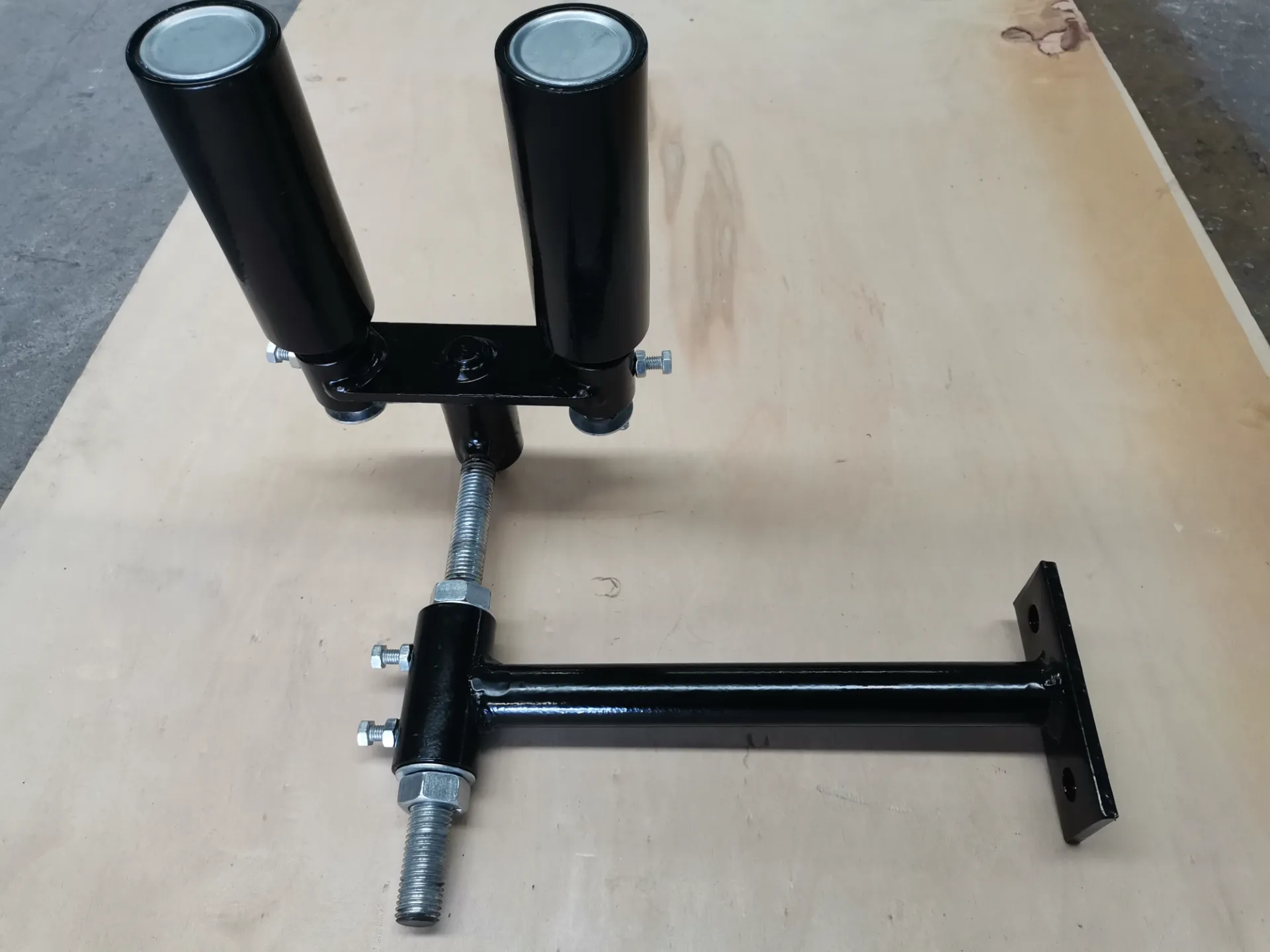 Afrikaans
Afrikaans  Albanian
Albanian  Amharic
Amharic  Arabic
Arabic  Armenian
Armenian  Azerbaijani
Azerbaijani  Basque
Basque  Belarusian
Belarusian  Bengali
Bengali  Bosnian
Bosnian  Bulgarian
Bulgarian  Catalan
Catalan  Cebuano
Cebuano  Corsican
Corsican  Croatian
Croatian  Czech
Czech  Danish
Danish  Dutch
Dutch  English
English  Esperanto
Esperanto  Estonian
Estonian  Finnish
Finnish  French
French  Frisian
Frisian  Galician
Galician  Georgian
Georgian  German
German  Greek
Greek  Gujarati
Gujarati  Haitian Creole
Haitian Creole  hausa
hausa  hawaiian
hawaiian  Hebrew
Hebrew  Hindi
Hindi  Miao
Miao  Hungarian
Hungarian  Icelandic
Icelandic  igbo
igbo  Indonesian
Indonesian  irish
irish  Italian
Italian  Japanese
Japanese  Javanese
Javanese  Kannada
Kannada  kazakh
kazakh  Khmer
Khmer  Rwandese
Rwandese  Korean
Korean  Kurdish
Kurdish  Kyrgyz
Kyrgyz  Lao
Lao  Latin
Latin  Latvian
Latvian  Lithuanian
Lithuanian  Luxembourgish
Luxembourgish  Macedonian
Macedonian  Malgashi
Malgashi  Malay
Malay  Malayalam
Malayalam  Maltese
Maltese  Maori
Maori  Marathi
Marathi  Mongolian
Mongolian  Myanmar
Myanmar  Nepali
Nepali  Norwegian
Norwegian  Norwegian
Norwegian  Occitan
Occitan  Pashto
Pashto  Persian
Persian  Polish
Polish  Portuguese
Portuguese  Punjabi
Punjabi  Romanian
Romanian  Russian
Russian  Samoan
Samoan  Scottish Gaelic
Scottish Gaelic  Serbian
Serbian  Sesotho
Sesotho  Shona
Shona  Sindhi
Sindhi  Sinhala
Sinhala  Slovak
Slovak  Slovenian
Slovenian  Somali
Somali  Spanish
Spanish  Sundanese
Sundanese  Swahili
Swahili  Swedish
Swedish  Tagalog
Tagalog  Tajik
Tajik  Tamil
Tamil  Tatar
Tatar  Telugu
Telugu  Thai
Thai  Turkish
Turkish  Turkmen
Turkmen  Ukrainian
Ukrainian  Urdu
Urdu  Uighur
Uighur  Uzbek
Uzbek  Vietnamese
Vietnamese  Welsh
Welsh  Bantu
Bantu  Yiddish
Yiddish  Yoruba
Yoruba  Zulu
Zulu Guide roller options for efficient material handling and transportation systems
The Importance of Guide Rollers in Industrial Applications
Guide rollers are critical components in various industrial applications, serving to ensure the smooth movement of materials, products, or machinery across production lines. Their primary function is to guide and support loads along specific paths, reducing friction and wear, which ultimately enhances operational efficiency. This article explores the significance of guide rollers, their applications, types, and the advantages they bring to numerous industries.
Understanding Guide Rollers
Guide rollers, as their name suggests, are cylindrical devices designed to provide guidance and support for moving parts. They are typically installed on conveyor systems, assembly lines, and other material handling systems. Guide rollers allow items to be transported seamlessly across different stages of production, minimizing the risk of jams or misalignments that can lead to costly downtime.
Applications of Guide Rollers
Guide rollers find usage across a wide spectrum of industries. One of the most common applications is in manufacturing environments, particularly in assembly lines where they are used to guide products as they move through various stages of assembly. For instance, automobile manufacturing relies heavily on guide rollers to navigate vehicle parts through assembly processes, ensuring speed and accuracy.
In the packaging industry, guide rollers help in moving packages smoothly through conveyor systems. This ensures that packages are properly aligned, speeding up the sorting and shipping processes. Similarly, in the logistics sector, guide rollers play a vital role in the transportation of goods, facilitating efficient movement through warehouses and fulfillment centers.
Additionally, guide rollers are essential in printing and textile industries
. They support the movement of rolls of paper or fabric through machines, preventing wrinkling or misalignment, which could lead to inferior quality products. The use of guide rollers in these industries enhances productivity and maintains the integrity of the materials being processed.Types of Guide Rollers
Guide rollers come in various designs and materials, each tailored to meet specific operational requirements. The most common types include
guide roller

1. Fixed Guide Rollers These rollers are stationary and are used to create a path for moving objects. They are generally used in straight conveyor systems.
2. Adjustable Guide Rollers These rollers can be adjusted to accommodate different sizes and shapes of materials, providing flexibility in operations.
3. Self-Aligning Guide Rollers These rollers automatically align themselves with the moving part, offering enhanced reliability and reducing the risk of misalignment.
4. Heavy-Duty Guide Rollers Designed for industrial applications involving heavy loads, these rollers are built to withstand high pressures and harsh environments.
Advantages of Using Guide Rollers
The implementation of guide rollers in industrial processes offers numerous advantages. Primarily, they enhance operational efficiency by ensuring smooth and uninterrupted movement of materials. This reduces downtime and the likelihood of errors, such as material jams or misalignments.
Moreover, guide rollers minimize wear and tear on both equipment and products, leading to longer service life and decreased maintenance costs. Their ability to absorb shock and reduce friction contributes to a safer working environment for employees and protects sensitive materials from damage.
In addition to these operational benefits, guide rollers can also optimize space in manufacturing environments. By streamlining the flow of materials and products, they help in maximizing floor space usage, which is especially crucial in crowded industrial settings.
Conclusion
In conclusion, guide rollers are indispensable components in the machinery of modern industrial applications. Their ability to provide guidance, support, and efficiency is vital for maintaining smooth operations in various sectors, from manufacturing to logistics. As industries continue to evolve and adopt more advanced technologies, the role of guide rollers will undoubtedly remain significant, further enhancing productivity and operational effectiveness. Their importance cannot be overstated, as these small yet powerful tools contribute to the success and sustainability of industrial processes worldwide.
-
Revolutionizing Conveyor Reliability with Advanced Rubber Lagging PulleysNewsJul.22,2025
-
Powering Precision and Durability with Expert Manufacturers of Conveyor ComponentsNewsJul.22,2025
-
Optimizing Conveyor Systems with Advanced Conveyor AccessoriesNewsJul.22,2025
-
Maximize Conveyor Efficiency with Quality Conveyor Idler PulleysNewsJul.22,2025
-
Future-Proof Your Conveyor System with High-Performance Polyurethane RollerNewsJul.22,2025
-
Driving Efficiency Forward with Quality Idlers and RollersNewsJul.22,2025





























